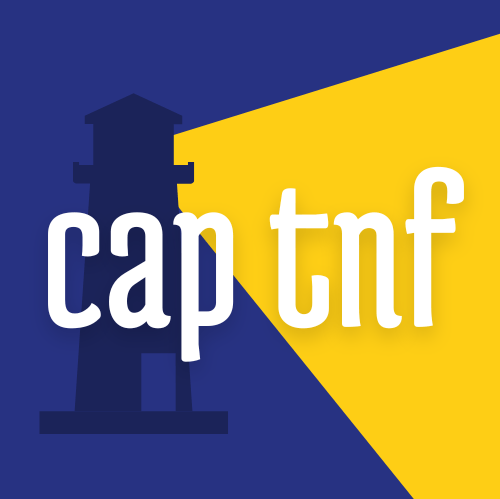A follow-up in physiotherapy will be very beneficial to you!

Physiotherapy is not strictly speaking a treatment for functional neurological disorders that usually require consultation with several specialists.
On the other hand, rehabilitation sessions have a very positive effect on the symptoms of neurological disorders, regardless of your age. Thanks to adapted techniques and exercises, you gradually learn to limit the impact of your disease on your movements, your sensations, and your daily life in general.
The objective of physiotherapy sessions is multiple:
- Improve your motor skills
- Correct coordination disorders as best as possible
- Improve balance and stability
- Preventing vicious attitudes
- Learn or relearn certain everyday gestures to gain autonomy
During the first session, the physiotherapist conducts an initial assessment of your disorders. Together, you set clear and achievable goals: for example, walking, playing a sport, resuming a professional activity. Then, appointments take place regularly, at least once a week to allow you to progress quickly.
The most frequently used methods are:
- Passive and active mobilizations
- Postures
- Balance and proprioception exercises
- Specific exercises for the functional skills you want to acquire
Your progress during rehabilitation is based on what is called neuroplasticity: by repeating and integrating new movements to perform, your brain really creates new cells and neural circuits. Hence the importance of repetition and regularity, as with all learning.
Psychomotricity
Psychomotor therapists are state-certified medical assistants. This burgeoning profession has multiple applications. All ages are concerned, from the child to the elderly. The field of intervention of psychomotor therapists is as follows:
Psychomotor assessment
The psychomotor assessment is a clinical examination that takes place in the form of games and various tests that make it possible to assess the psychomotor profile of the person. This evaluation makes it possible to assess the importance and nature of possible psychomotor disorders, but also to identify the subject's skills. This is the reference examination of the psychomotrician and it also makes it possible to consider the therapeutic project.
Re-education
Rehabilitation of the following psychomotor disorders or psychomotor disorders by means of dynamic relaxation techniques, gestural education, body or plastic expression and rhythmic, play, balancing and coordination activities.
Body schema disorders
They are again found here in various clinical settings ranging from the immaturity of the nervous system, which can have various origins, to psychological difficulties that hinder the perception of self and space.
Laterality disorders
Difficulties of orientation in space, gestural clumsiness, difficulties in learning to write and read can have their origin in a poorly structured or poorly organized laterality. Rehabilitation most often makes it possible to overcome these difficulties.
Disorders of spatio-temporal organization
These disorders have various origins. They are found at all ages of life, in their most banal and sometimes benign form in children, or in people suffering from neurodegenerative diseases such as Alzheimer's disease. The psychomotor assessment makes it possible to assess the nature and extent of the difficulties.
Psychomotor disharmonies
Psychomotor disharmony is evoked when there is an uneven evolution of psychomotor acquisitions. This concept is vast and it must here again be specified by a psychomotor assessment crossed with other observations, in search of a cause of the disorders.
Tonic-emotional disorders
Fear accompanied by tremors is the prototype of the disorder of tonic-emotional regulation. Our emotions and muscles are intimately linked. And what about the heart muscle that reacts in case of strong emotion! These processes are done outside of any conscious control. In some more sensitive people, emotional reactions become pervasive and prevent them from living a fulfilling life. Some tics, forms of cramps, blushing in public, are well-known examples of these disorders.
Psychomotor inhibition
Rarity of gestures, reduced amplitude due to psychological and emotional factors, psychomotor inhibition is found in many clinical pictures.
Psychomotor instability
In addition to the highly publicized – and perhaps over-diagnosed – hyperactivity that is encountered in children, psychomotor instability can take various forms depending on whether it is the expression of psychological discomfort, masked depression, or sometimes disorders related to neurological deficits. The intervention of the psychomotor therapist takes its place here once again.
Psychomotor therapy
Contribution, through bodily approach techniques, to the treatment of intellectual disabilities, character or personality disorders, disorders of emotional and relational regulation and disorders of the representation of the body of psychic or physical origin.
Psychomotor therapy is a factor in the integration of bodily sensations, emotions and cognitions. In this sense, it is strictly speaking a therapy that takes into account the body in its relational dimension and in its experience. Anxiety, stress, anxiety, depression, disorders of the relationship with the other, psychosomatic manifestations, psychomotor therapy presents an alternative to exclusively verbal psychotherapies.
